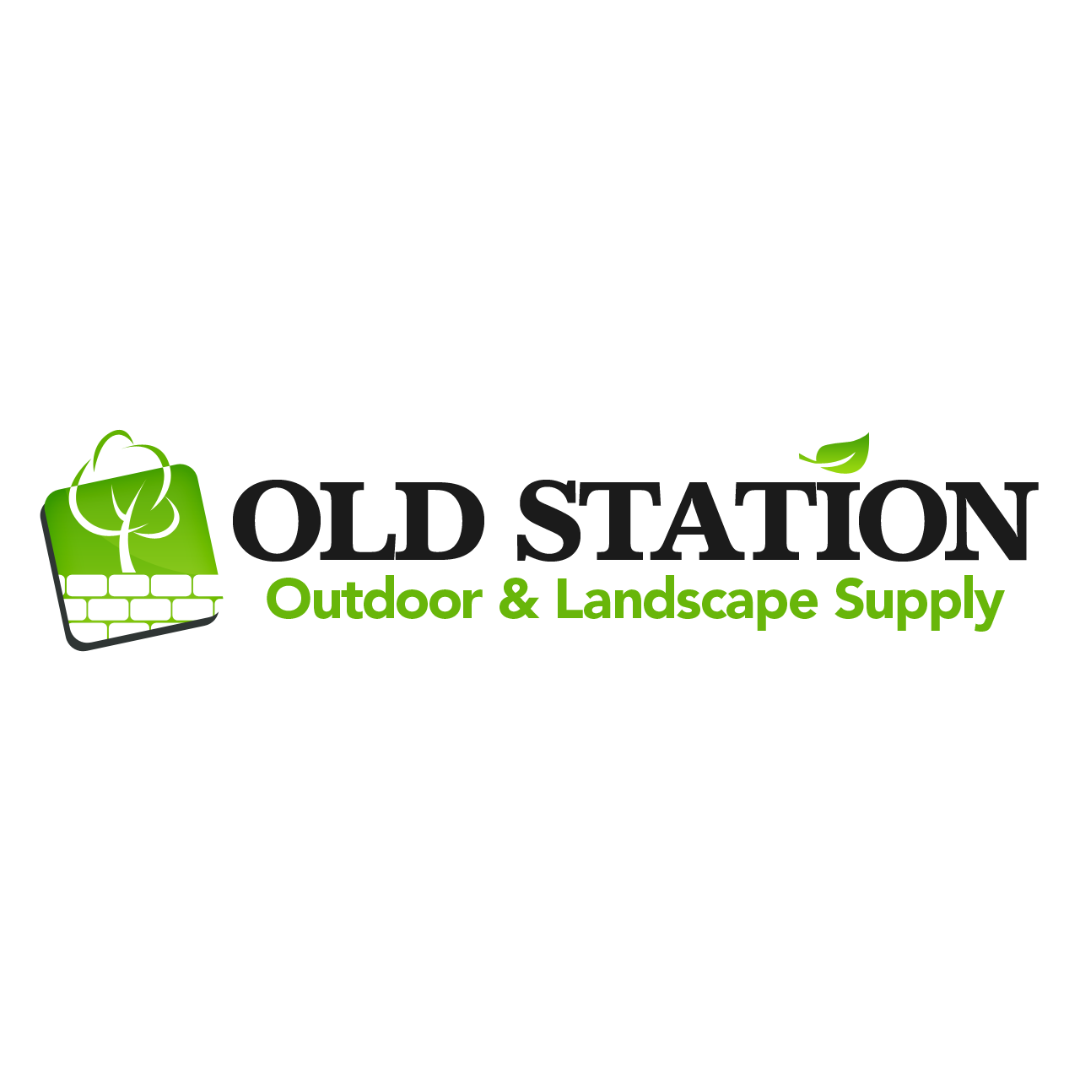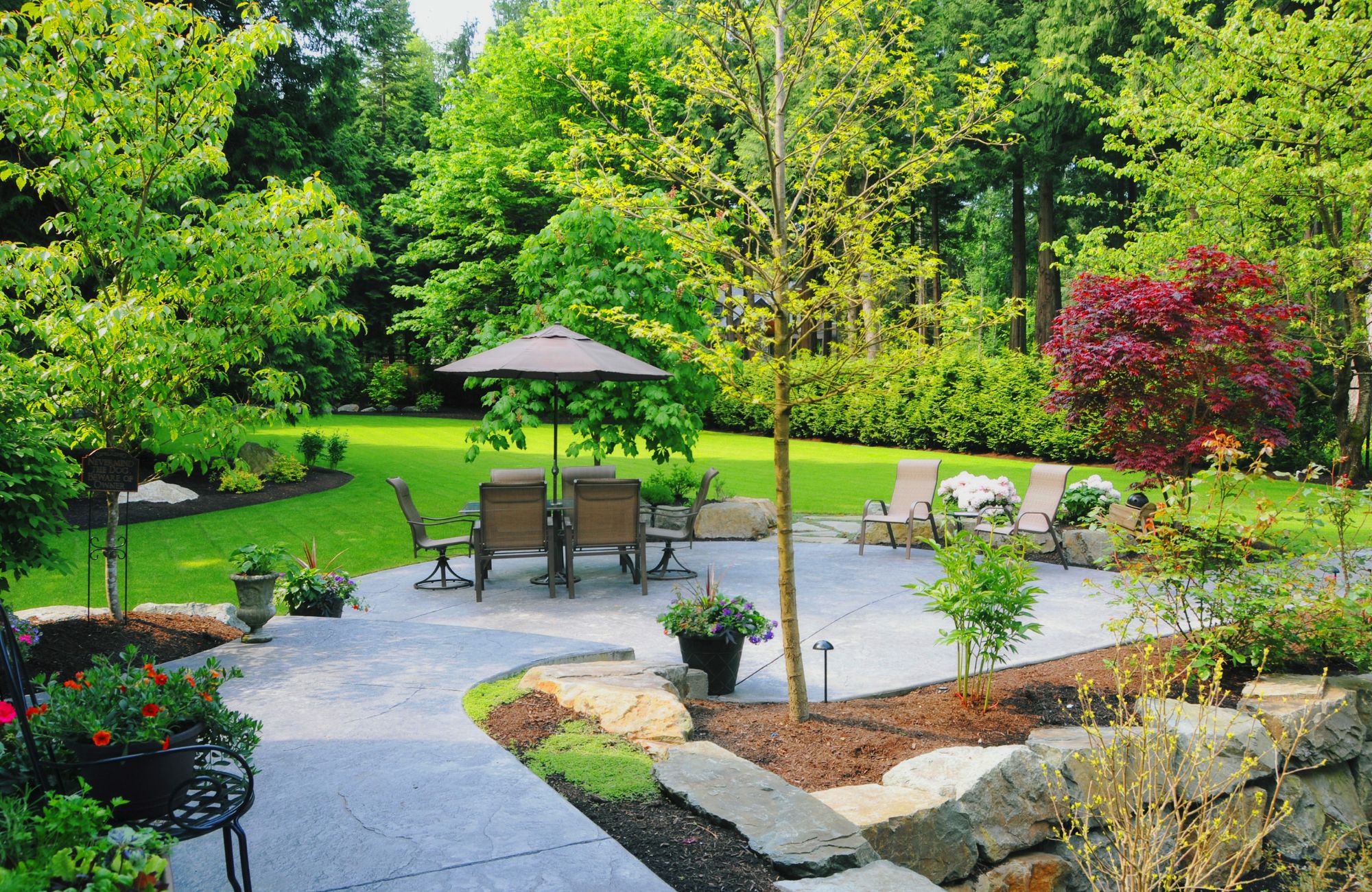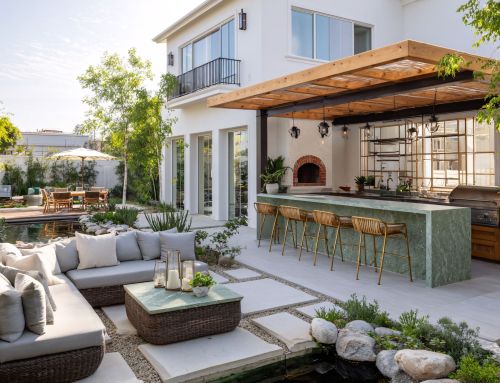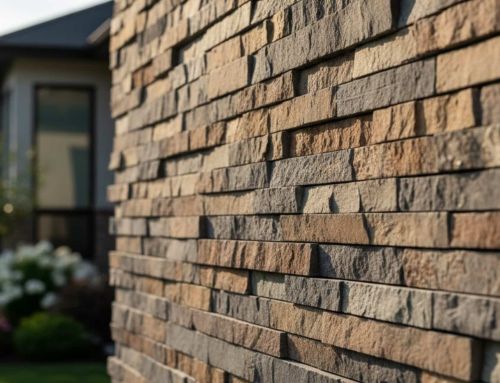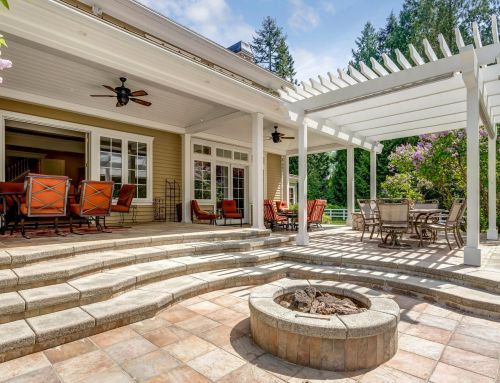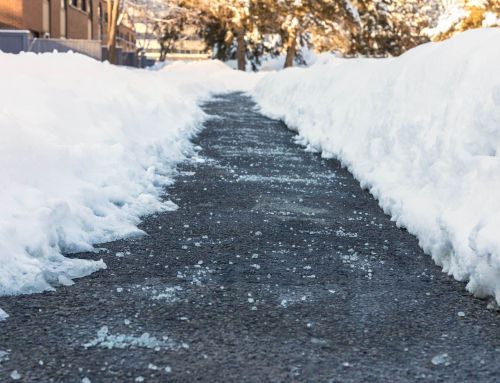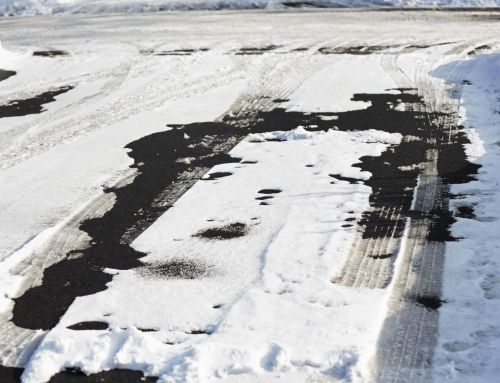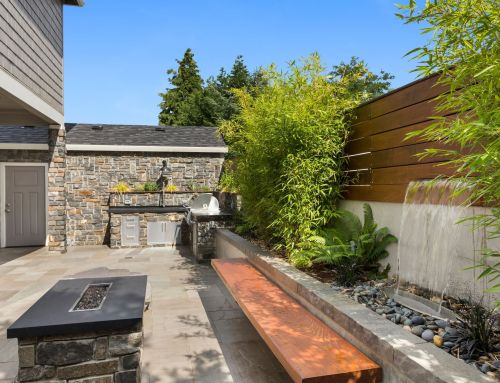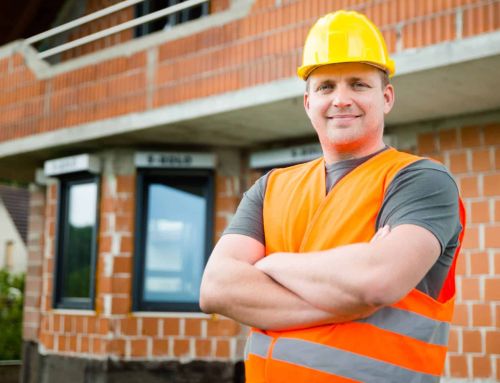When people think about landscape design, they often picture lush gardens, colorful flowers, and neatly trimmed lawns. But behind every beautiful outdoor space lies something more permanent, the structures that give it shape and purpose. This is where hardscaping comes in. If you’ve ever wondered what is hardscaping, it’s the non-living, man-made structures that shape and define outdoor spaces. These features don’t just make your space look complete; they define how you use it.
In this article, we’ll explore what hardscaping is and its many benefits. You’ll discover the different types of hardscaping projects you can build. These features enhance both the beauty and functionality of your property. Understanding how hardscaping works helps you create a balanced, low-maintenance outdoor space. At Old Station Outdoor & Landscape Supply, we offer premium hardscaping materials and expert advice to bring your outdoor vision to life.
What Is Hardscaping?
Hardscaping includes the non-living, structural elements that form the foundation of outdoor spaces. It features patios, walkways, retaining walls, and driveways that add shape and purpose. Unlike plants and lawns, these elements last for years and define how you move and relax outdoors.
Made from stone, concrete, wood, or brick, hardscaping adds beauty, durability, and function. It creates defined spaces for dining, entertainment, and rest. Homeowners and contractors often consider hardscaping the backbone of outdoor living spaces. It is a relaxing oasis that enhances comfort and usability year-round.
Hardscape vs. Softscape: The Key Difference
Every landscaping project combines two main components: hardscape and softscape. Hardscape refers to the solid, non-living materials like stone, wood, concrete, and metal. Meanwhile, softscape includes the living things like plants, grass, and shrubs.
When balanced properly, these two elements work together beautifully. The hard features give structure and longevity, while the living components bring color and movement. Here’s a simple comparison:
| Feature | Hardscape | Softscape |
|---|---|---|
| Definition | Non-living materials like stone, pavers, and concrete | Living elements such as plants, grass, and flowers |
| Function | Provides structure, pathways, and outdoor rooms | Adds life, texture, and seasonal variety |
| Maintenance | Low – requires occasional cleaning or sealing | Higher – needs watering, pruning, and care |
| Longevity | 10–50+ years, depending on material | Seasonal or variable lifespan |
A well-designed outdoor area blends hardscape and softscape elements beautifully. Stone patios can frame garden beds, while wooden decks pair perfectly with climbing greenery.
Types of Hardscaping (Foundational Elements)
Hardscaping includes many outdoor structures and design features. Each one serves a specific purpose in your space. Knowing these elements helps you plan areas that are both functional and beautiful.
Patios and Walkways
Patios are among the most popular hardscape features. They serve as outdoor extensions of your home, ideal for dining, relaxing, or hosting guests. Walkways, meanwhile, connect areas like driveways, gardens, and decks, guiding movement throughout the space.
Common materials include concrete pavers, natural stone, and brick. For longevity, choose materials that complement your home’s design and can handle your region’s climate. On average, patios range from $15–$35 per square foot, depending on material and design complexity.
Driveways and Retaining Walls
Driveways are both functional and aesthetic. Modern designs often use interlocking pavers or permeable concrete for drainage and durability. Retaining walls, on the other hand, prevent erosion, create elevation, and add structure to sloped yards.
These walls can double as seating, garden borders, or decorative dividers. They’re key for maintaining structural integrity and often require professional installation for stability below the frost line.
Steps, Stairs, and Stone Features
Stone steps and stairways connect multi-level spaces, especially in hilly or elevated areas. When designed with rounded edges or blended stone textures, they add both function and charm. Pairing steps with low-voltage lighting creates a safe, attractive transition between outdoor areas.
Fences and Gates
Fences, walls, and gates define boundaries and provide privacy. These structures can be built from wood, vinyl, or masonry. They also act as visual frames for your property’s design.
Water Features
Water elements such as fountains, ponds, or waterfalls bring sound and movement into an outdoor space. They soften the harder materials and create a focal point that adds calmness and luxury.
Each of these hardscaping elements, including water features, enhances both the beauty and usability of your yard while minimizing long-term maintenance.
Types of Hardscaping Projects
Hardscaping projects vary by space, purpose, and property type. Homeowners may enhance backyards, while contractors design commercial areas. No matter the project, balance, durability, and style always guide the design.
Residential Hardscaping
Common residential projects include patios, decks, outdoor kitchens, and fire pits. These features extend living spaces and allow families to enjoy the outdoors throughout the year. A well-designed outdoor fireplace or kitchen can turn a backyard into a four-season gathering spot.
Commercial Hardscaping
Businesses use hardscaping to enhance curb appeal and customer satisfaction. Features like decorative walkways, plazas, and retaining walls create inviting environments for clients and employees. Materials such as concrete pavers and natural stone ensure both strength and style.
Public and Community Projects
In public spaces, parks, schools, or city walkways, hardscaping includes large-scale trails, drainage systems, and seating areas. These projects prioritize durability and accessibility, often incorporating sustainable materials that handle high foot traffic and weather changes.
Old Station Outdoor & Landscape Supply proudly supports both homeowners and contractors, providing high-quality materials for any scale of hardscaping project.
Popular Materials Used in Hardscaping
The choice of material directly impacts the look, performance, and lifespan of your project. Each option offers unique strengths depending on your budget, maintenance needs, and desired style.
| Material | Best Use | Durability | Maintenance | Average Cost (per sq ft) |
|---|---|---|---|---|
| Natural Stone | Patios, walkways, retaining walls | 30–50 years | Low – seal periodically | $20–$40 |
| Concrete Pavers | Driveways, patios, walkways | 25–40 years | Low – replace individual pavers as needed | $15–$30 |
| Brick | Walkways, garden paths | 20–30 years | Medium – may require joint refilling | $10–$20 |
| Gravel | Pathways, drainage zones | 10–15 years | Low – occasional leveling | $3–$8 |
| Wood/Composite | Decks, fences | 10–20 years | Medium – staining or sealing | $10–$25 |
| Metal/Steel | Edging, modern features | 20+ years | Very low | $15–$25 |
At Old Station Outdoor & Landscape Supply, we recommend locally sourced stone and freeze-resistant pavers that can withstand New England’s changing seasons. Choosing high-quality, region-appropriate materials reduces costly repairs and ensures lasting beauty.
Benefits of Hardscaping for Homes and Businesses
Hardscaping offers more than visual appeal; it improves how you experience and maintain your property. Here are the key benefits that make it a smart investment:
Increased Property Value
Well-designed hardscape features like patios, fire pits, and retaining walls can raise your home’s value by 10–15%. They’re among the top upgrades that provide measurable returns, especially when paired with professional craftsmanship.
Low Maintenance
Unlike grass or flowers that require watering and care, hardscaping needs minimal attention. Occasional sweeping or using a pressure washer keeps surfaces looking new.
Better Drainage and Soil Protection
Properly installed patios and driveways prevent water from pooling near foundations. Features like retaining walls and permeable pavers support effective drainage and erosion control, protecting your property long-term.
Extended Outdoor Living Space
Hardscaping transforms an unused yard into an inviting outdoor living area. Add a fire pit, outdoor kitchen, or pergola, and you’ve created a functional extension of your home for entertainment or relaxation.
Year-Round Durability
Built with stone, brick, and concrete, hardscaping withstands heavy use, weather, and time. These features resist fading, cracking, and wear, ideal for New England climates where frost lines can affect lesser materials.
Planning a Hardscaping Project: Step-by-Step Guide
A successful hardscaping project begins with planning. Here’s a step-by-step approach to ensure lasting results and a smooth process.
- Assess Your Outdoor Space: Before choosing materials, examine your yard’s slope, soil type, and existing structures. Check sunlight exposure and drainage to determine where features like patios or stone steps will perform best.
- Define the Purpose: Identify what you want from the space: entertainment, privacy, or accessibility. Each function requires different design features, from open patios to elevated decks.
- Set a Realistic Budget: Material and labor costs vary, so outline a budget early. Investing in durable materials saves money on future repairs and increases property value.
- Secure Permits and Local Approvals: In many towns across Massachusetts and Rhode Island, you’ll need permits for structural or retaining wall installations. Local professionals can guide you through compliance requirements.
- Hire or Consult a Professional: Even if you’re a DIY enthusiast, consulting an expert ensures correct installation, drainage, and alignment with the frost line.
Common Mistakes to Avoid
It’s easy to overlook small details that affect longevity:
- Ignoring slope and drainage during planning.
- Mixing incompatible materials (like porous stone near concrete).
- Skipping compaction before laying pavers or retaining walls.
Good planning prevents these costly issues and keeps your outdoor features strong for decades.
Hardscaping Costs and Budget Considerations
The cost of hardscaping depends on materials, size, and labor. Here’s a general overview:
| Project Type | Average Cost (per sq ft) |
|---|---|
| Patio | $15–$35 |
| Walkway | $10–$25 |
| Retaining Wall | $40–$80 |
| Driveway | $20–$45 |
| Outdoor Kitchen | $60–$120 |
| Fire Pit | $300–$2,500 (total) |
Cost factors include:
- Excavation and site preparation.
- Choice of materials (natural stone vs. concrete).
- Design complexity and slope adjustments.
- Labor and local permit fees.
Buying locally helps lower costs and ensures quality materials. Ordering in bulk from trusted suppliers also speeds up delivery.
Eco-Friendly and Modern Hardscaping Trends
Homeowners today seek designs that balance sustainability and style. Eco-conscious hardscaping uses permeable pavers, recycled materials, and native stone to reduce runoff and environmental impact.
Modern trends include minimalist straight lines, modular outdoor furniture, and built-in lighting that highlights textures and creates ambiance. Combining form with function results in timeless outdoor spaces that are as practical as they are beautiful.
Conclusion
A well-planned hardscape design brings structure, balance, and enduring beauty to your property. From patios and retaining walls to custom outdoor kitchens, every feature enhances comfort, style, and value.
At Old Station Outdoor & Landscape Supply, we provide premium-quality hardscape elements like stone, pavers, and tools for contractors and homeowners alike. Our experienced team can guide you through product selection, design planning, and delivery, so you can create the outdoor space you’ve always imagined. Contact us today to get expert advice and start your next hardscaping project with confidence.
FAQs
What is an example of a hardscape?
An example of a hardscape is a patio, walkway, retaining wall, or driveway. These structures form the solid, non-living parts of outdoor spaces.
Is a patio a hardscape?
Yes, a patio is a hardscape because it’s a permanent, man-made surface used for outdoor living and entertainment.
What is the cheapest hardscape?
The cheapest hardscape is often gravel or crushed stone, as it’s affordable, easy to install, and requires minimal maintenance.
Is concrete considered a hardscape?
Yes, concrete is considered a hardscape material because it’s used to build durable surfaces like patios, pathways, and driveways.
